Policy Changes in Higher Education: The Global Implications of U.S. Visa Restrictions
Australian Universities Poised to Benefit from U.S. Policy Shift
International student mobility plays a crucial role in shaping global education trends, and visa policy changes often influence students' choices of study destinations. A leading higher education expert has suggested that former U.S. President Donald Trump’s decision to ban new international student visa applications could result in more students opting for Australian universities rather than prestigious American institutions such as Harvard and Yale.
Professor Andrew Norton from Monash University explained to Daily Mail Australia that this policy, which aims to push universities to tackle issues such as anti-Semitism and political extremism while prioritising domestic students, may make Australia a more attractive destination for international applicants. Consequently, this shift could present opportunities for Australian universities to welcome students who might have otherwise pursued education in the United States.
Furthermore, Professor Norton noted that Australia, as the world’s largest education provider per capita, has the potential to attract students diverted from the U.S. While overall numbers may not necessarily increase due to Labour’s proposed cap of 270,000 new enrolments annually, he suggested that the academic quality of incoming students could improve. He emphasised that top-tier U.S. universities typically attract the most ambitious students, and with American institutions becoming less accessible, Australia might become their preferred choice. Meanwhile, university vice-chancellors reportedly met in Canberra on Wednesday to discuss concerns about a possible rise in applications from students who would have otherwise gone to the U.S.
Unlike the U.S., where international students are restricted to on-campus work relevant to their studies, Australia permits students to work up to 30 hours per week. Additionally, master's students can bring their spouses, who also have work rights. To obtain a student visa, applicants must present a Confirmation of Enrolment from an accredited Australian university. Currently, 55% of international students in Australia originate from China, India, Nepal, the Philippines, and Vietnam. Australian universities tend to prefer international students as they pay fees upfront, whereas domestic students rely on the Higher Education Loan Program (HELP), paying in instalments.
Moreover, Associate Professor Salvatore Babones from the University of Sydney argued that many international students enrol primarily to secure work visas, making them a significant revenue source for universities. He claimed that some institutions prioritise income by increasing visa allocations, a practice he deemed morally questionable. He observed that many students come to Australia mainly to earn money through jobs such as Uber Eats deliveries or driving, a trend more prevalent at universities outside the prestigious Group of Eight. Additionally, Babones noted that, beyond the Group of Eight, student visas often function as work visas, as public universities, unlike language schools, facilitate relatively easy visa acquisition for international students.
Babones further pointed out that international students account for half of the enrolments at the University of Sydney, with programmes such as communications and business reaching up to 90% international student participation. He explained that master’s programmes are now largely dominated by international students, as universities often require a business case proving their potential to attract overseas applicants. According to him, it is not necessarily Australia’s postgraduate education quality that draws students, but the work rights associated with their visas. Master's students can work 30 hours per week during semesters, full-time outside of them, and bring partners with full-time work rights.
He also highlighted a surge in Nepalese enrolments due to existing visa policies, making Nepal the third-largest source of international students in Australia after China and India. He questioned how so many Nepalese students can afford international education, suggesting many rely on borrowed money, often from informal sources. He described the trend as a "low-wage work scam," where one master's degree effectively grants two people access to the Australian job market for four years. Expressing concerns about declining academic standards, Babones cited Queensland University of Technology’s report, which revealed a 46% dropout rate among international students. He argued that this pattern weakens public universities’ educational missions by shifting focus from national academic needs to serving overseas "clients," particularly from China.
Australia recorded 1.1 million international student enrolments last year across schools, universities, and vocational education; however, some students were counted multiple times due to course changes. Former Macquarie University chancellor Maurice Newman stated that Trump’s visa ban aimed to free up places for American students, whereas Australian universities continued prioritising international students, particularly from China, for financial reasons. He warned that such practices could limit opportunities for local students. Reflecting on his tenure at Macquarie, Newman said he actively sought to reduce reliance on foreign students, cautioning against dependence on a single revenue source. He viewed Trump’s policy as a move to refocus U.S. universities on domestic enrollments.
Additionally, David Llewellyn-Smith, chief strategist at MacroBusiness, argued that Australian universities depend on international student fees to compensate for insufficient federal funding. He advocated for increased government support and stricter limits on international student numbers, similar to Trump’s approach. He cautioned that excessive international enrolments were negatively impacting teaching quality, as universities prioritised revenue over education. This, he warned, threatens the development of a skilled workforce and the national economy in the long run. He also highlighted that high international enrolment contributes to the 437,440 migrants arriving in Australia annually, exacerbating the housing crisis. He accused universities of overlooking these broader consequences in favour of short-term financial gains.
However, Professor Andrew Norton observed that universities have voluntarily restricted international student intake following large arrivals in 2023 and 2024. Despite attempts to cap new enrolments at 270,000 per year, the total student population remains high. He noted that universities appear cautious about exceeding this unofficial cap, likely causing a decline in visa applications. Nevertheless, he expressed doubt that Australia would fully benefit from U.S. restrictions, as universities seem more focused on reducing intake rather than increasing it. The ongoing debate surrounding international education highlights the complex balance between financial sustainability, academic integrity, and equitable access to higher education.
Editor’s Note:
The changing global education scene needs careful attention, especially after former U.S. President Donald Trump decided to restrict international student visas. This policy could shift many students to other countries, with Australia becoming a likely choice for those looking for quality education abroad. While this offers Australian universities a chance to attract talented students, it also brings up important concerns about academic quality, funding, and workforce planning. Relying too heavily on overseas students for income can limit spots for local students and lower the quality of education. It also adds pressure to other areas, like housing and the economy, which need to be considered by decision-makers. As universities in Australia deal with these changes, they must find a balance between staying financially strong and keeping high academic standards. Although more students may come due to U.S. restrictions, universities should focus on long-term goals, not just short-term profits.
Skoobuzz suggests a more effective approach involves securing additional funding, enhancing international student recruitment, and safeguarding Australia's education system's reputation. Neglecting careful strategising could shift the focus of higher education from learning and genuine global collaboration towards a purely commercial model.







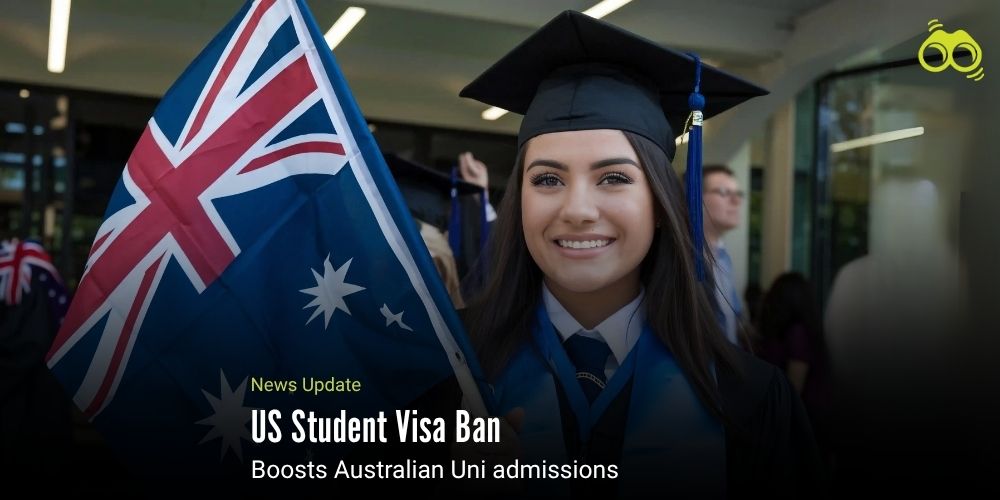

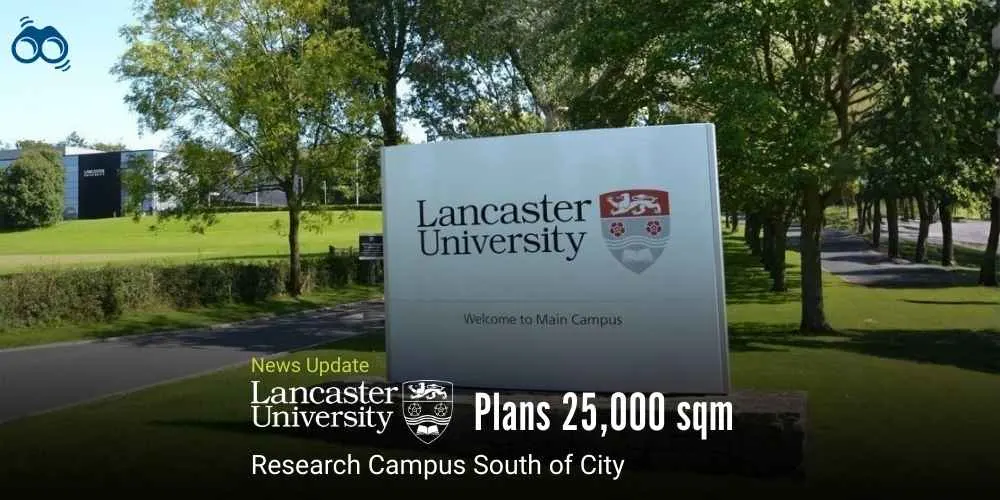
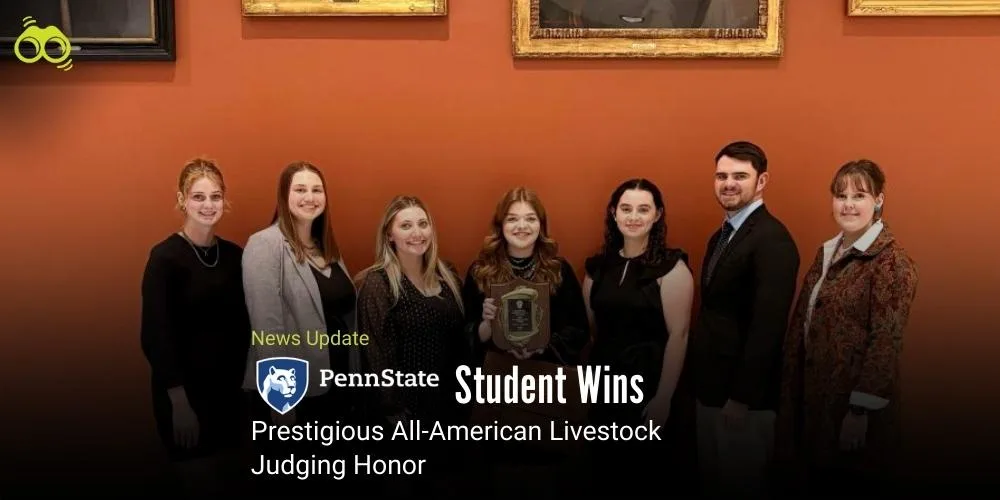
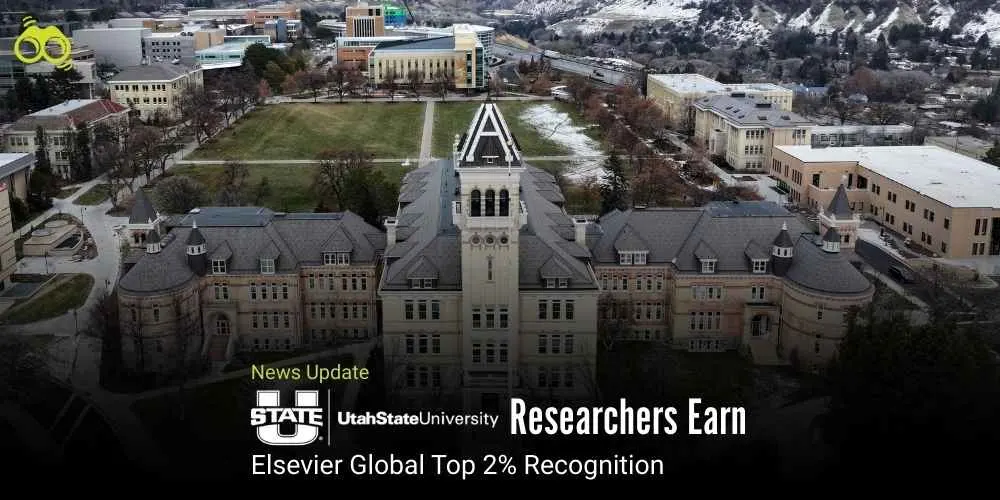
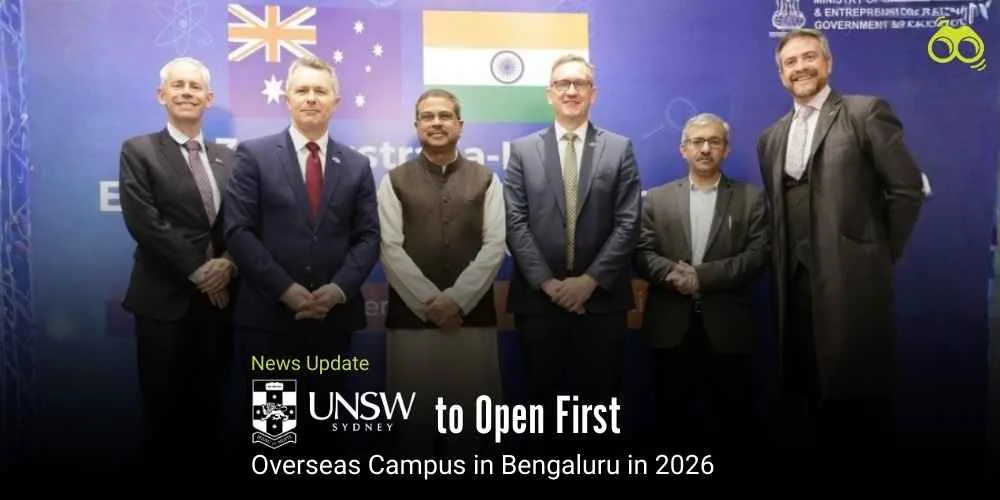

0 Comments (Please Login To Continue)